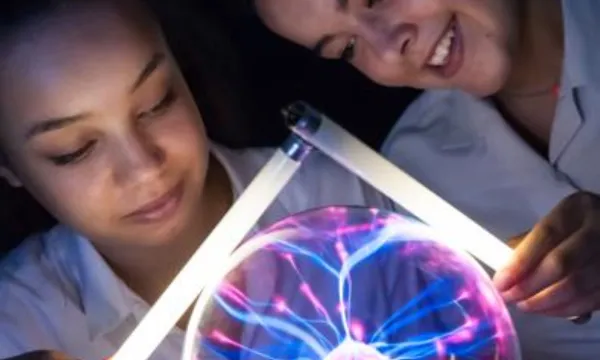
Atoms to Astrophysics
A story from the centre of the atom to the outer limits of the universe, told using particles, waves and energy.
Recommended for: KS3 (11-14) | KS4 (14-16)
Partially accessible
Workshop

A story from the centre of the atom to the outer limits of the universe, told using particles, waves and energy.
Partially accessible
Workshop